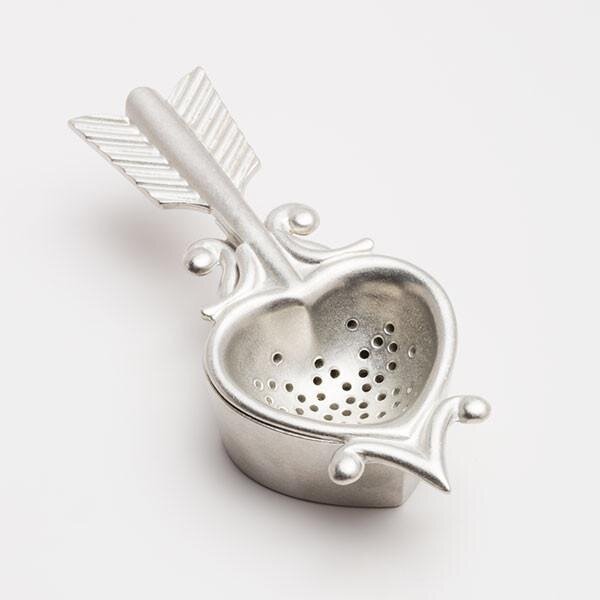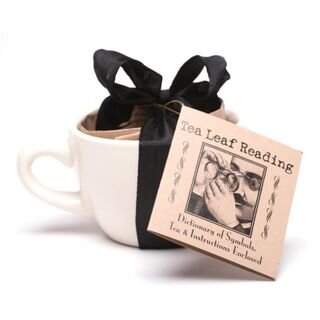Tea Ceremony
Tea is the second most consumed beverage in the world after water, and for many, it is comfort in liquid form. Britain’s romanticized afternoon hour may come to mind when we think of tea, but there are deeply uncomfortable issues related to that common, milk-doused form of PG Tips or Twinings, ahem, like clashing empires and imperial rivalries that stimulated ruthless colonialism, sparked drug wars and fueled the human slave trade (especially the case in the desire for tea with sugar). And while in 2020 tea belongs to everyone, and tribes everywhere have put their own stamp, style, taste and methods of development on the art of tea drinking; tea was for thousands of years, strictly Chinese. Ancient Chinese folklore cites 2737 BC as the year that a dried camellia leaf dropped from a tree into (medicinal herb-loving) Emperor Shen Nung’s boiled drinking water, and the rest… is complicated history.
Tea has been a beverage closely tied with religion carried by the Buddhist monks who introduced it to Japan and Korea in the 700s where it was used ceremoniously and in offerings to deities. Roasted, crumbled, hand rolled, steamed, fermented, in whole or loose leaf, cakes or powders – once the word about tea spread widely outside of Asia in the early 1600s (on ship to Amsterdam by the Dutch East India Company and via camel caravan to Russia), the world was never the same.
Tea was hypnotic with its delicious, balancing mystique and range of sense-stimulating surprises. How else to explain the superstitions and esoteric practices that surround it? Almost every culture and all nationalities have some special and unique expression, method for fortune telling, belief around, practice or nuance in preparation related to the drinking of tea. Stimulating, medicinal, tantalizing, and as complex as wine – there is no end to the variation, study and enjoyment of tea and the herbal tisanes that keep her company. Simply put, tea is magic.









































